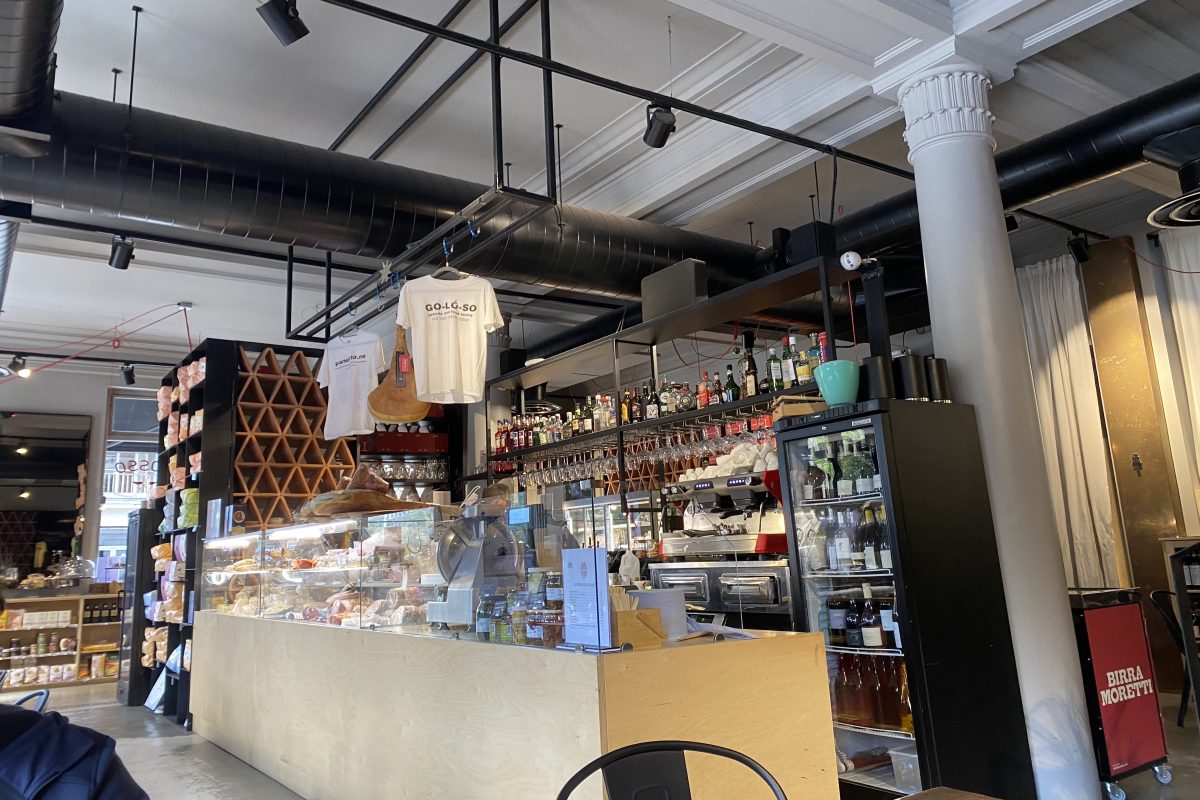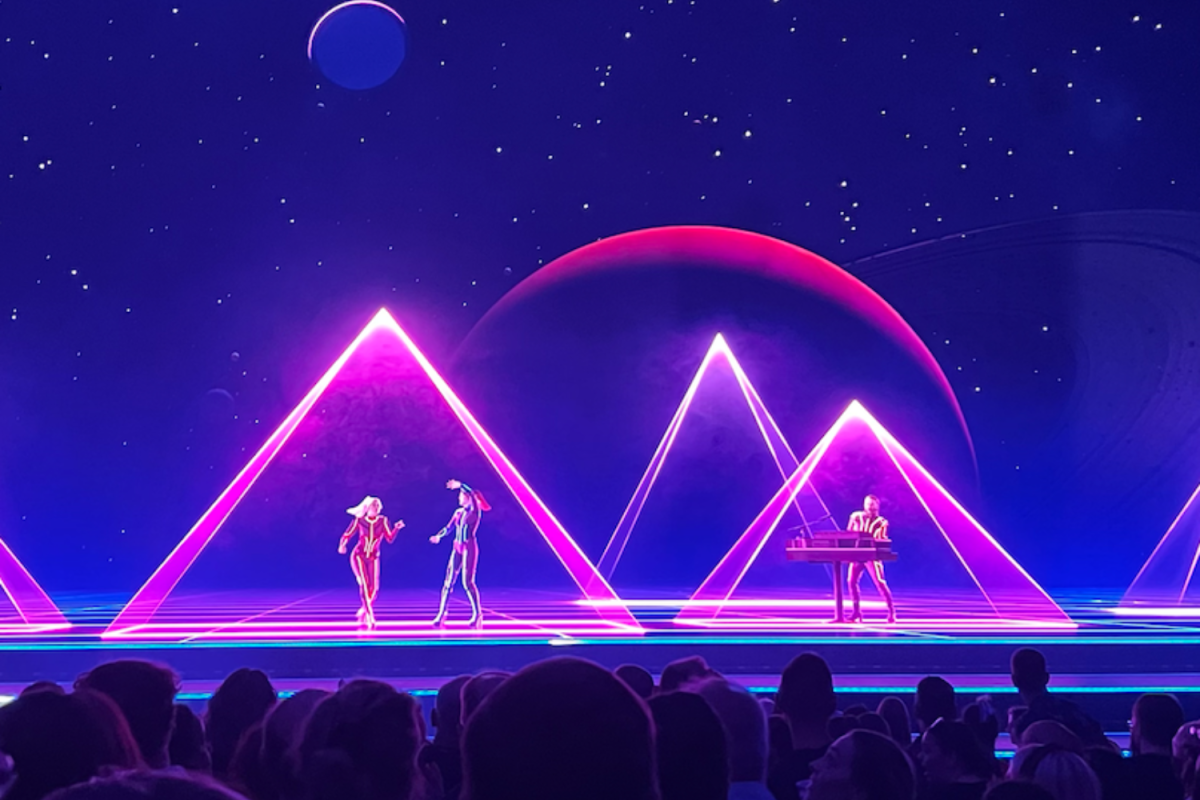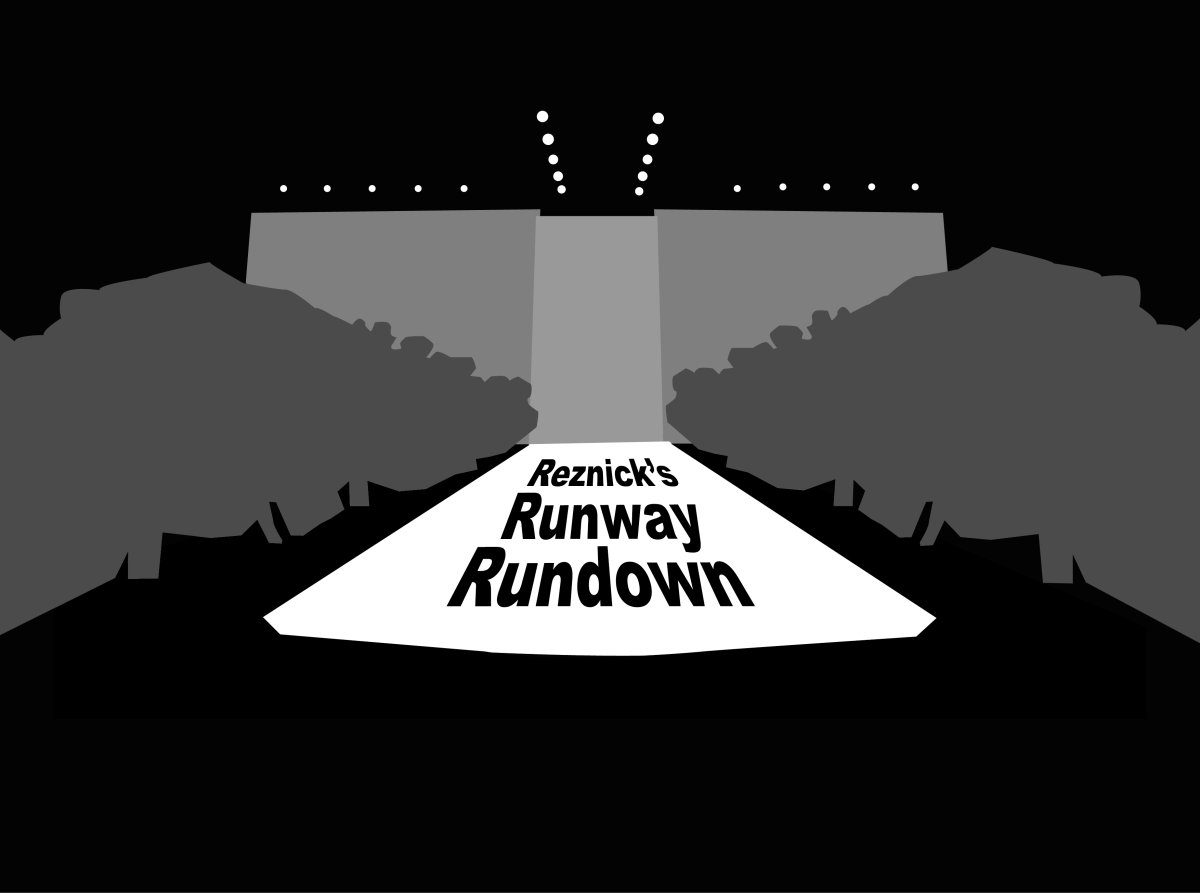Having been forcibly dragged by my parents into the packed theater over Winter Break, I can safely say that La La Land was worth every single reluctant, “Yes, Mom and Dad, it was an amazing movie.” A colorful, heart-wrenching, and relatable movie uncommon amongst present-day films, it caught my attention from the first musical number and left me wanting to go see it again.
It starts with a setting familiar to most LA natives: Gridlocked cars on the freeway sweating in the spring heat. The scene quickly evolves itself into a jazzy upbeat musical number starting with a hopeful dreamer singing wistfully about leaving home and coming to “La La Land.” The screen erupts into a swirl of vibrant colors as people exit their cars and begin dancing atop them. The first song, “Another Day in the Sun” is the composer Justin Hurwitz and lyricists Benj Pasek and Justin Paul’s way of introducing the energetic and hopeful tone of the movie.
Those who wish to see the movie, and I highly recommend you do, stop reading here; spoilers are in abundance.
As the first musical number ends, people return to their cars with an impatient cacophony of horns and beeps as if nothing out of the ordinary had happened. This is the first encounter between Mia, an aspiring actress played by Emma Stone, and Sebastian, a traditional jazz-pianist played by Ryan Gosling. Sebastian whizzes by Mia flipping her the middle finger as she obstructs traffic desperately attempting to learn her lines for an upcoming audition. The two take their separate paths: Mia, a part-time barista on the Warner Brothers lot and Sebastian, an unemployed pianist who’s attempting to revive jazz.
Of course, as fate would have it, the two meet again at a party in the Hollywood Hills where Sebastian is playing ’80s hits on his synth-guitar. The two go through the familiar ritual disliking each other and exchanging witty retorts, but ultimately, over meaningful gazes and a well-choreographed tap dance duet, the two fall in love.
Director Damien Chazelle weaves magic into every scene with a combination of Old Hollywood-esque elements such as elegant single-take shots, sepia-tone and the vignettes. One scene in particular is a homage to the film Rebel Without a Cause where Mia and Sebastian sneak into the Griffith Observatory and dance quite literally amongst the stars. The continuous movement of the camera and romantic lighting create a transcendent cinematic moment.
It’s here they share their first kiss as a couple and the audience is launched into the story of Mia and Seb as one – not individuals. I found myself rooting for the two characters in every endeavor– be it career or personal relationships.
Unfortunately, luck is not on Mia’s side as audition after audition ends with the door slamming in her face. Sebastian fares slightly better. With the unlikely reintroduction of Seb’s high school friend Keith, played by singer John Legend, Seb is offered a gig in a new jazz band. Legend’s performance is refreshing and exciting. His presence draws attention to the mainly all-white cast and its lack of diversity, something which has been dutifully noted by critics and viewers alike.
Sebastian takes the offer, but feels like he is letting himself down as he abandons his life-long dream of owning his own jazz club. Despite his reservations, he accepts the offer and Seb, along with Keith begin to tour with their band. It is here we see Legend do what he does best in the form of a catchy and upbeat song, “Start a Fire.” (I purchased the song as soon as the movie ended.)
Despite its classification as a musical, “La La Land” does not fall prey to the stereotypes of the genre. While upbeat in its music, lyrics and costume, upon thinking back on the movie I realized the tone was actually quite melancholic. The protagonists did not have quixotic lifestyles and storylines. Mia and Sebastian’s lives ultimately succumb to pressure from society to get a real job, to make money, to stop dreaming.
While Seb is pursuing his own career, Mia quits her job and begins writing her one-woman show, So Long Boulder City. It opens and closes on the same evening, an unmitigated flop. Mia feels anger towards Sebastian for giving up on his dreams and settling for what society expected of him. With the hurt she feels at the abrupt ending of her dream, Mia returns home and breaks up with Sebastian.
However, opportunity comes quite literally knocking (and honking) at her door when Seb drives to Boulder City and delivers news of a renowned Hollywood director giving Mia a chance to audition for a movie set in Paris. Mia auditions with a beautiful, unedited song titled “The Fools Who Dream,” and despite Stone’s lack of talent when it comes to singing, it’s a perfectly real and emotional end to the story about the fools who dream, Mia and Sebastian.
Fast forward five years, and Mia, now a successful actress, walks into another bar, this time with a different man in tow. The bar, called Seb’s, is the newest jazz bar in town and of course it’s run by Sebastian. The two lock eyes across the room and there is a tangible sadness that passes between them. Seb sings “A City of Stars,” which the two had previously sung together, and there is a mutual understanding between the two: They were able to achieve their dreams, just not together.
Herein lies the true struggle of this movie: A struggle between love and ambition. The movie is by definition a “feel-good movie”, the kind that makes you want to get up and dance in the aisles. It’s beautiful not solely because of the choreography and costume design, which is incredible, but its complete disparity to anything else I’ve seen in a long time.




